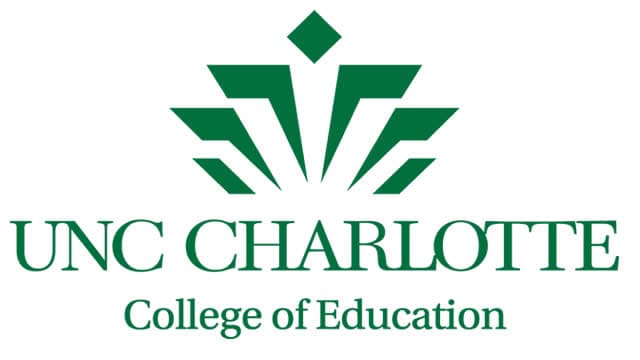
A report co-authored by Mark D’Amico, an associate professor in the Department of Educational Leadership, reveals community colleges across the country continue to feel economic pressures following the Great Recession, pressures that can make it more difficult for students to gain access to higher education.
These conclusions came as part of the 2015 survey of the National Council of State Directors of Community Colleges. The poll of 49 statewide leaders has been published by the Educational Policy Center at the University of Alabama since 2007.
Policy discussion regarding community colleges often has been overshadowed by talk surrounding four-year universities but that may be changing.
“Recent attention from the White House and major foundations has certainly balanced the attention across sectors, but it is the numbers, not just the attention, that show a clear picture of the importance of community colleges,” D’Amico said.
“Reports from the Georgetown Center on Education and the Workforce document that 65 percent of jobs will require some level of higher education by 2020 — 30 percent will require sub-baccalaureate education like what is provided at community colleges — this does not even account for the community college transfer function.”
This year’s report, which analyzed not only the 2015 survey but also the four years preceding, found community colleges across the country are contending with similar issues. D’Amico outlined the defining characteristics of the “new normal.” They are:
- Despite single year increases, a lower level of state investment in postsecondary education, evidenced by the vast majority of states not keeping pace with a key measure of inflation in education over time
- Public sectors of higher education (flagship universities, regional universities, and community colleges) face similar trends in state funding and tuition
- Though K-12 remains a priority, there is greater perceived competition for state funding through shifts in budget priorities
“The unfortunate piece to this puzzle is that nearly half of this year’s respondents indicated that due to state funding cuts, increasing graduation rates would be difficult,” D’Amico said.
Stagnant graduation rates at community colleges can spill over to impact those at public regional and flagship universities, the report’s authors concluded.
“Community colleges are a portal for millions of academically talented, first-generation, minority and low-income high school graduates to higher education and the American Dream,” they added.
Only 10 of the 49 community college leaders surveyed reported economic recession as a state budget driver, an encouraging sign of steady recovery in the midst of less optimistic responses.
As the bounce back continues, cross-sector cooperation will be a key factor in addressing the shared challenges of public higher education, D’Amico said, pointing to the Connect NC Bond as an example of an initiative that would benefit the region through improved infrastructure at both community colleges and universities.
Read the Education Policy Center’s full report here.